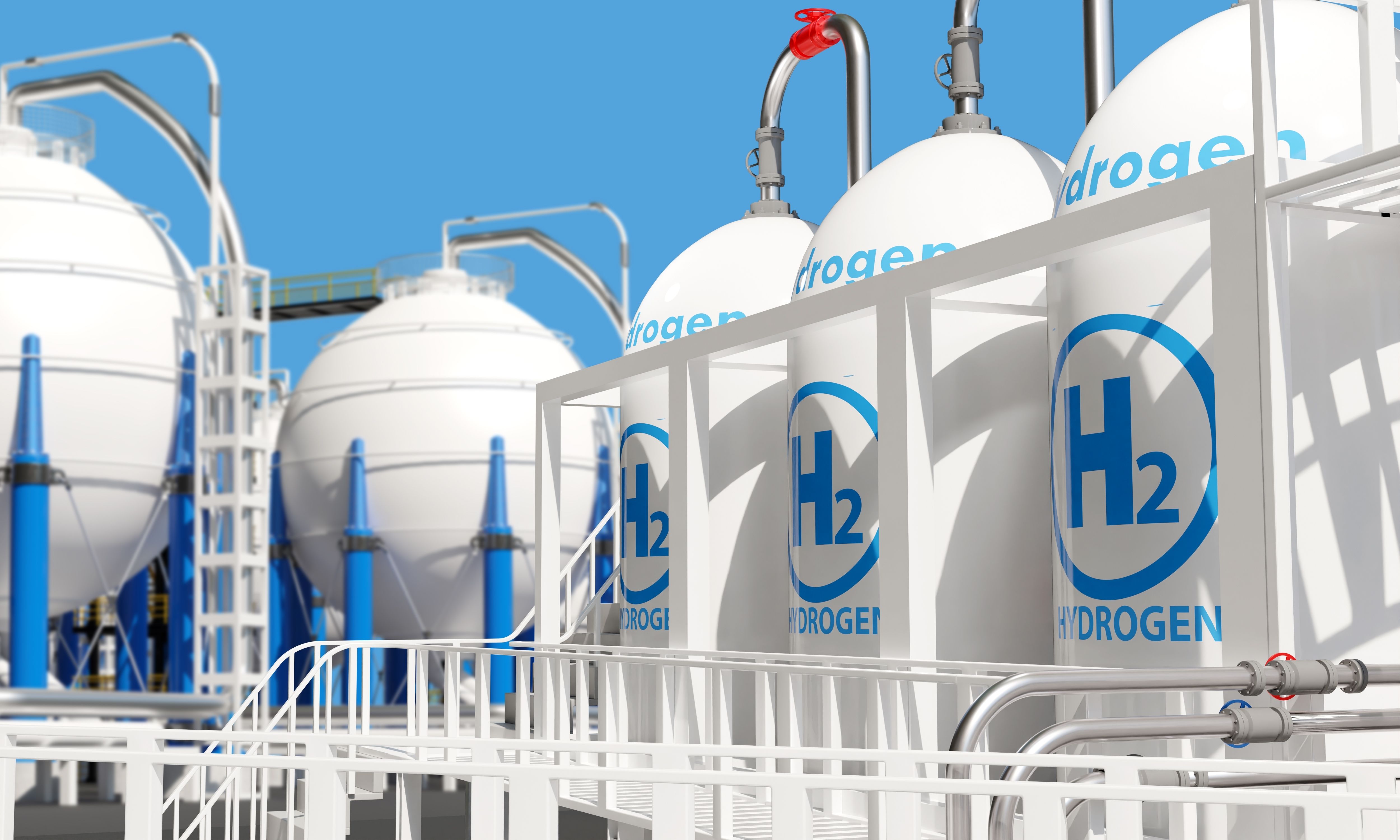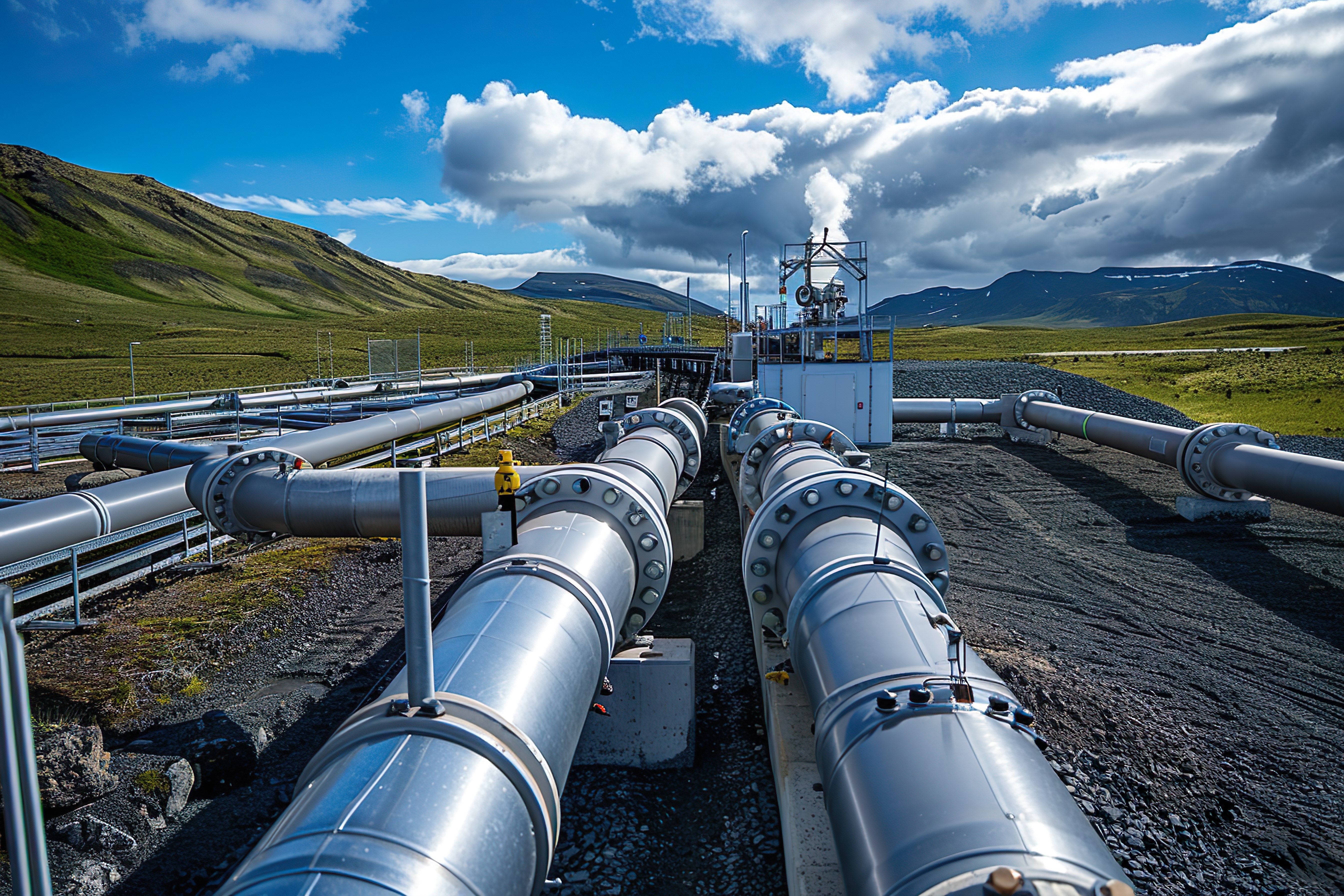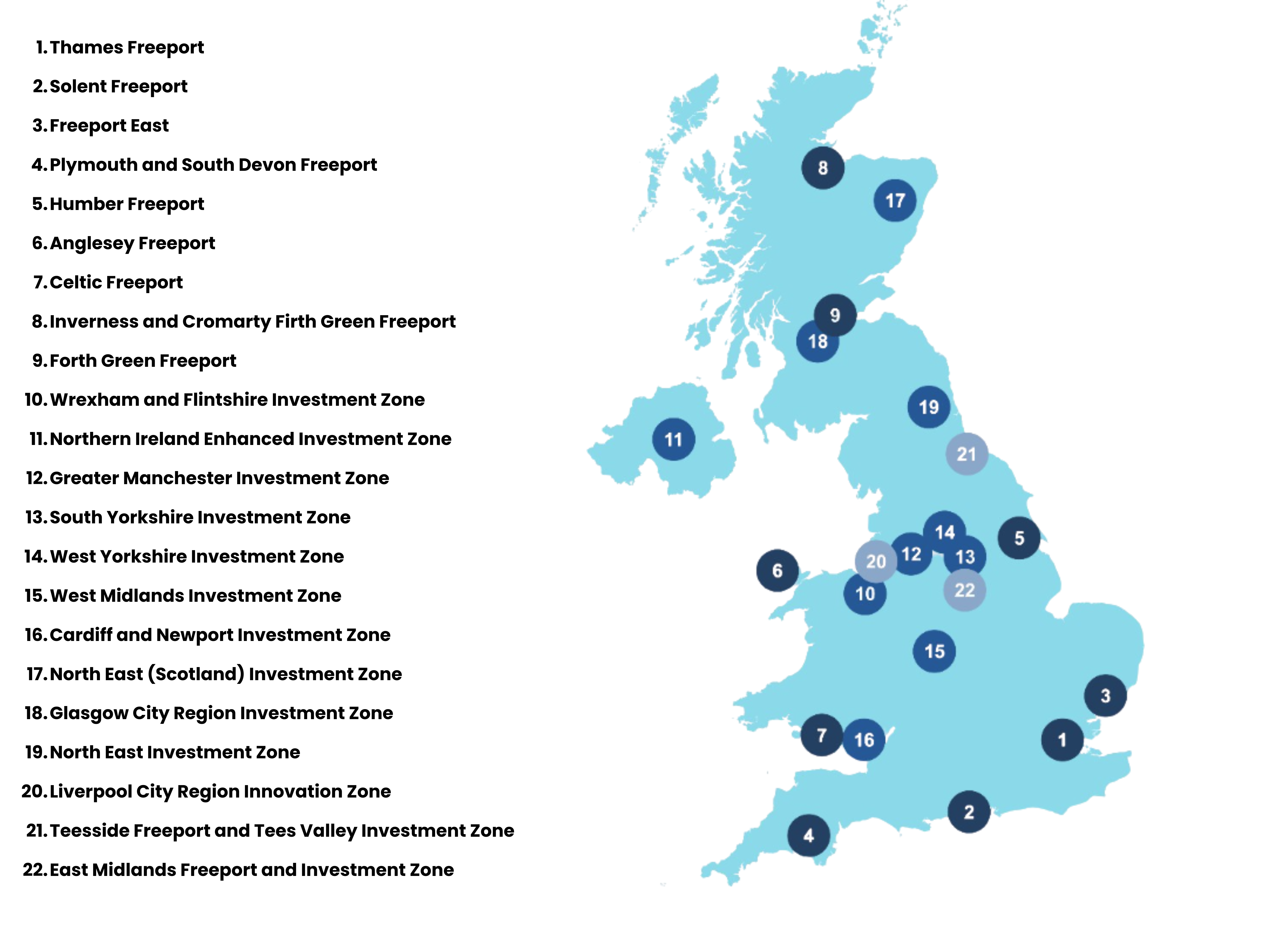As the UK drives forward its Modern Industrial Strategy, foundational industries like steel, cement, chemicals, and other hard-to-abate sectors are crucial to decarbonise. These sectors form the backbone of national infrastructure and economic resilience, but they also account for a significant share of emissions.
This feature breaks down the key strategic themes influencing the decarbonisation of UK industry, including steel decarbonisation, cement & CCUS, and geographic strategy , supported by real-world case studies and exhibitor insights from Innovation Zero 2025.






